
Is the giant panda really a bear?
Yes. Genetic studies have placed the giant panda in the bear family (Ursidae). However, its identity has been hotly debated – it was at one point placed in the Procyonidae family, which includes racoons. The giant panda is the only member of its genus, Ailuropoda.
Where does the giant panda live?
Giant pandas live in mixed forests in the mountains of south-west China (the Sichuan, Shaanxi and Gansu provinces), usually at altitudes of 1,500-3,400m. Their preference for the high life is not necessarily through choice – pandas have been pushed out of lowland habitat as a result of human encroachment.
What do pandas eat?
Bamboo, bamboo and.... bamboo. A panda must consume up to 38kg of bamboo a day to survive, giving rise to its alternative name of ‘bamboo bear’. It does also feed on grasses, and takes the occasional insect or rodent. By spreading seeds via droppings, pandas contribute to the health of forests.
How big are giant pandas?
They are approximately 70-90cm tall at the shoulder, and they weigh in the region of 100-150kg.
How many giant pandas are there?
This story is from the December 2023 edition of BBC Wildlife.
Start your 7-day Magzter GOLD free trial to access thousands of curated premium stories, and 8,500+ magazines and newspapers.
Already a subscriber ? Sign In
This story is from the December 2023 edition of BBC Wildlife.
Start your 7-day Magzter GOLD free trial to access thousands of curated premium stories, and 8,500+ magazines and newspapers.
Already a subscriber? Sign In
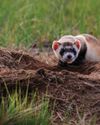
Does cloning create identical copies?
EMBRYOS ARE MADE OF STEM CELLS that divide to give rise to different types of cells, everything from skin to brain cells. Scientists once thought that reproductive cloning creating a genetically identical copy of an individual organism - would be impossible without using stem cells and that the path leading to mature 'differentiated' cells was irreversible. But clawed frogs proved them wrong...
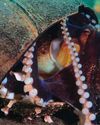
Tool-using animals
Our pick of 10 species that exhibit this special skill

Mission Blue
Sylvia Earle has dedicated her life to marine conservation; she tells BBC Wildlife why protecting the ocean is essential to all life on earth
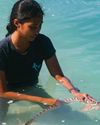
RESHARK
The world's first shark rewilding initiative has seen zebra sharks released in the waters of Indonesia's Raja Ampat archipelago
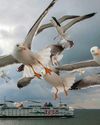
ON DECK
Ferries aren't just for transport, they're also perfect vessels for conservation
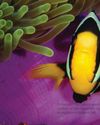
IT'S A COLOURFUL LIFE
Delve into the unique and complex biology of the clownfish, arguably the world's most famous fish
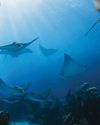
BAHAMAS BENEATH
A dive into the waters of this famous island nation with the creatures that call it home

"To save the reef, we need everybody involved"
Indigenous peoples may hold the key to protecting the Great Barrier Reef
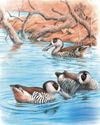
SPINNING AROUND
Going around in circles proves fruitful for this filter-feeder
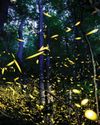
BLINDED BY THE LIGHT
On balmy evenings, amorous beetles put on a spellbinding show in North American forests